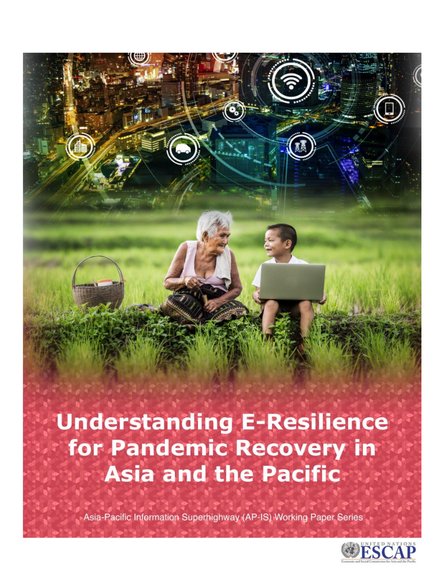
ICT is playing a key role in the response of Asia and the Pacific to the COVID-19 pandemic. Emerging technologies are being deployed across the region in an effort help fight the outbreak and have become essential to the functioning of society and the economy in times of social distancing.
The unprecedented uptake of digital solutions, tools, and services in response to the pandemic is speeding up the global transition towards a digital economy. Social distancing has generated a high demand for fast and reliable connectivity to support the growing information flow. Since January 2020, data traffic has increased all over the world, and, in some cases, it has exploded overnight. The quality of connectivity depends on the level of development of the underlying ICT infrastructure, which has been crucial in the response of countries to the pandemic.
In an effort to flatten the curve of the spread of the infection, governments have been prompted to closely monitor the spread of the outbreak to prevent the risk of further contamination through digital tracing, digital tracking, and the mapping of the contamination. Digital tools have also been deployed to mitigate the impact of COVID-19 through risk communication, community engagement and the use of technology by healthcare systems. In the face of unprecedented socio-economic disturbances, the move towards remote working and education has permitted individuals to respect social distancing without social isolation and to preserve their livelihoods.
This study is concerned with the resilience of ICT networks in Asia and the Pacific in the face of a pandemic. As the third pillar of the Asia-Pacific Information Superhighway (AP-IS), e-resilience is defined as the ability of ICT systems to withstand, recover from and change in the face of an external disturbance. In addition, e-resilience is concerned with utilizing ICT for societal resilience. These two aspects of e-resilience are inter-dependent and have gained in importance and political momentum.